A Look Back: Farm auctions reflect Upper Valley’s changing way of life
| Published: 08-07-2023 10:45 PM |
There’s a measure of melancholy that always surrounds a farm auction. Chances are it is bringing down the curtain on a life’s work, an ending compelled by bodies aging out, debts that can’t be covered by cash flow or plain old bad luck. The effects will spread beyond the farm being dismantled and into the neighborhood, the town and the whole region.
It’s a process that’s been going on for generations, but it hit its apogee in the Upper Valley in the years between about 1950 and 1975, when hundreds of farms fell under the auctioneer’s hammer and the barns and fields would never be the same.
The late Carlton W. Gray once said he’d made a lot of money auctioning off the region’s hill farms, but he lamented how he also sold out a way of life. Before things changed, those farms could run 25 milk cows, have a big garden and a pen of pigs and there’d be enough money to send a kid to college or stash away a nest egg for retirement. The famed East Thetford auctioneer sold off literally hundreds of farms over nearly a half-century, and rarely did those farms get a new owner who would carry on their agricultural mission.
Most farm auctions follow a similar script: Get started around 10 a.m. selling out hand tools, buckets of rusty sap spouts, remaining stocks of feed and items of little use today, but apt to end up in antique shops for funky home decorations. Then it’s on to the tractors and machinery, which are often the main draw for buyers. And sometime after lunch the cows, heifers and calves will go, one by one, usually to a dealer who may find them new homes at another dairy farm or send the critters to a slaughter plant.
For many years the farm real estate would be offered up for bids, too, but as property values rose rapidly when the interstate highways came, the land and buildings would likely be sold through broker listings or private treaty sales apart from the auction. Everyone bidding at an auction wants a bargain, but the psychology of a spirited sale can pit two bidders driven by ego or revenge to drive the price of a tractor or hay baler way higher than the items could have been purchased at an equipment dealer.
The late Scott Hastings, a Woodstock school teacher and writer, in the 1980s chronicled the disappearance of the Upper Valley’s hill farms in several books, including “Goodbye, Highland Yankee” and “The Last Yankees.” His focus was on the two columns of Upper Valley towns immediately west of the Connecticut River and a single line of New Hampshire towns just east of the river. These towns, he contended, were the real exemplars of the hill country farming communities that were being hollowed out by the auctioneer’s gavel.
Hastings argued that not only were the physical assets of these farms being divided up and carted away, the legacy of small farms sustainably managed at a human scale was being extinguished auction by auction.
The farm auction lives on, however, although nothing like the numbers of a half-century ago. Herds of cattle now are likely to be sold in a block to a dealer or meat packer, and tractors and equipment in usable condition readily sell on the private market.
Article continues after...
Yesterday's Most Read Articles
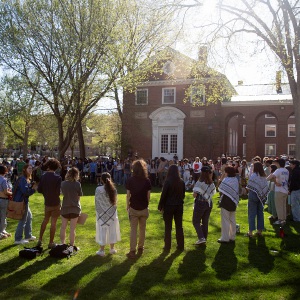 Dartmouth administration faces fierce criticism over protest arrests
Dartmouth administration faces fierce criticism over protest arrests
 Three vie for two Hanover Selectboard seats
Three vie for two Hanover Selectboard seats
 A Look Back: Upper Valley dining scene changes with the times
A Look Back: Upper Valley dining scene changes with the times
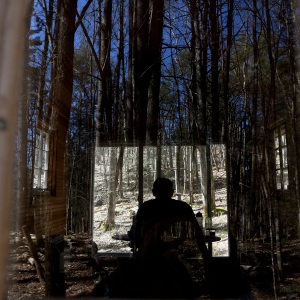 Norwich author and educator sees schools as a reflection of communities
Norwich author and educator sees schools as a reflection of communities
There may be fewer farm auctions, but the ones that happen today are, like their forebears, always social occasions. Relatively few bidders actually buy anything — they’re there to watch the action, take note of selling prices and, above all, chew the fat with fellow farmers in the crowd. The first auction of the spring traditionally has drawn the biggest attendance. A mild, sunny day after a long, dreary winter is a perfect tonic, one that can induce people to drive 200 or 300 miles with no intention of buying anything; they just want to watch and gossip with peers.
Interestingly, farm auctions have had an impact on pressing public issues. An example is the adoption in Vermont of Act 250, the landmark legislation aimed at slowing down the pace and side effects of what was considered rampant, uncontrolled real estate development.
A slide-sound creation by Orford documentarian John Karol was presented over and over across the state to push for the proposed development-control law. The soundtrack of the work, titled “So Goes Vermont,” was backed by sound of the steady calling for bids by Carlton Gray — traditionally called the “hum” in the trade — intended to show the viewer how rapidly Vermont’s pastoral landscape was being pulled apart by the demise of its hill country agriculture. It proved to be a very effective messenger, and couldn’t have been as authentic and powerful without the auction overlay.
Steve Taylor lives and farms in Meriden and contributes occasionally to the Valley News.

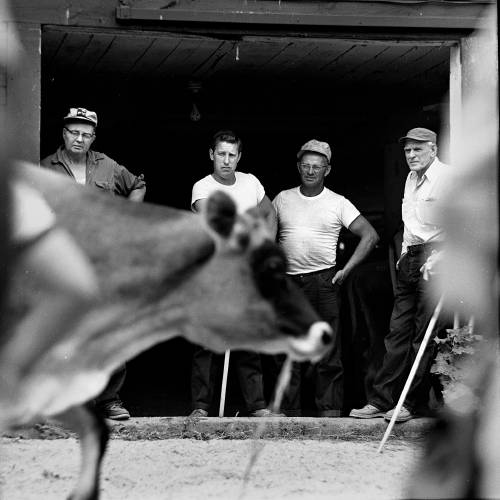
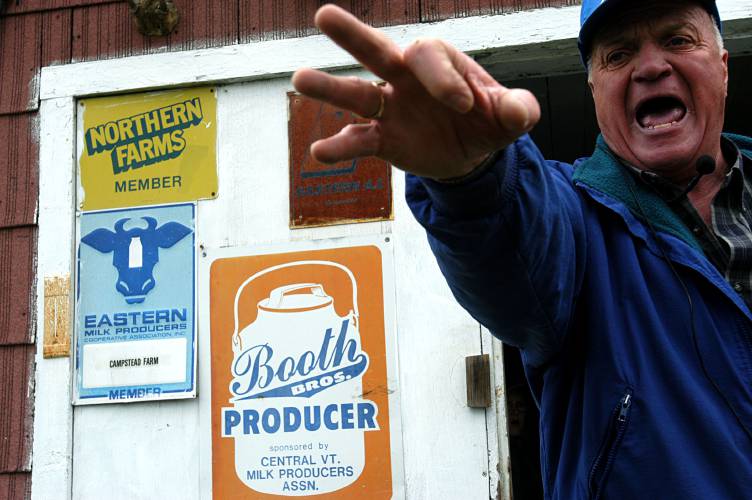
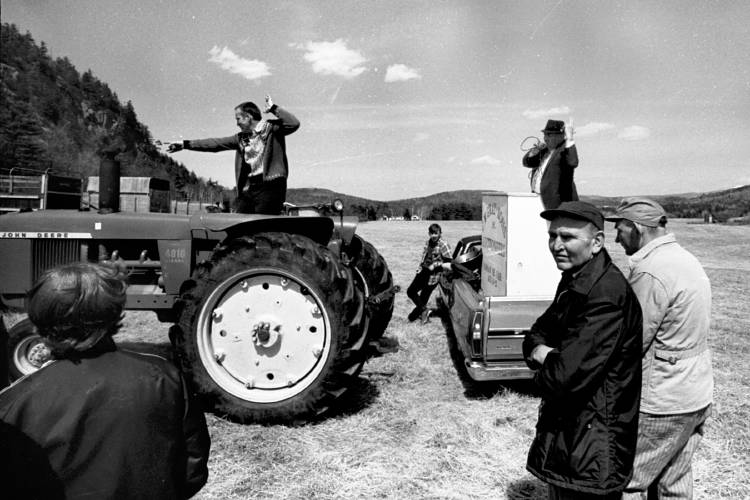
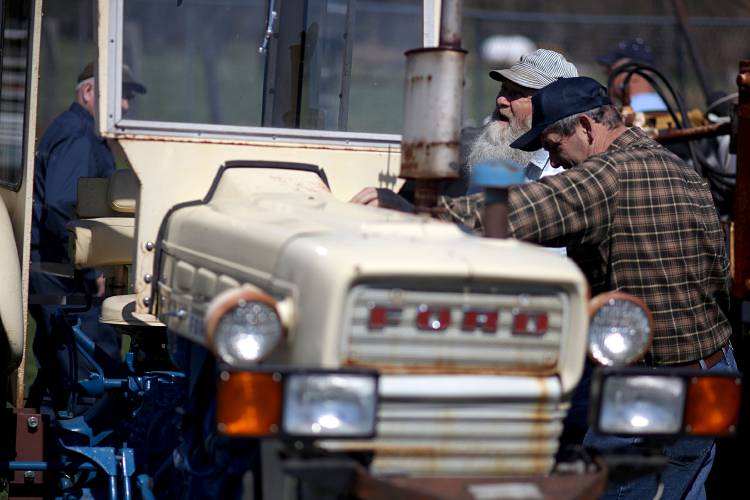
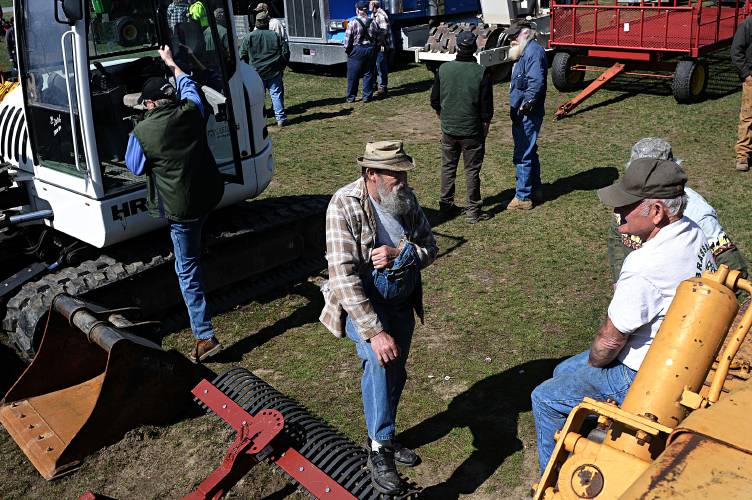
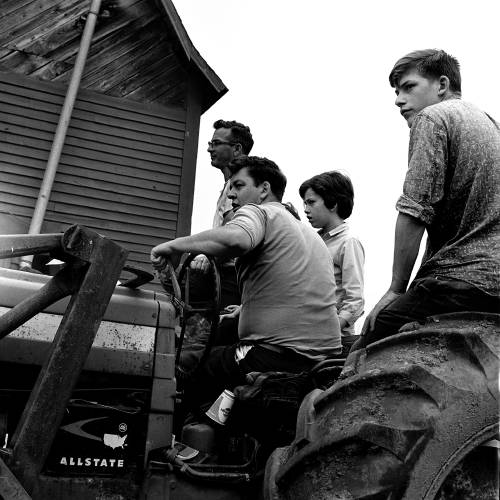
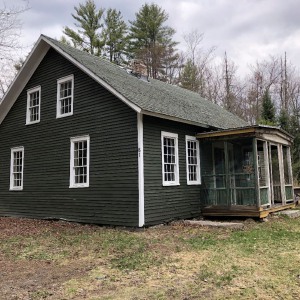 Hanover house added to New Hampshire Register of Historic Places
Hanover house added to New Hampshire Register of Historic Places
